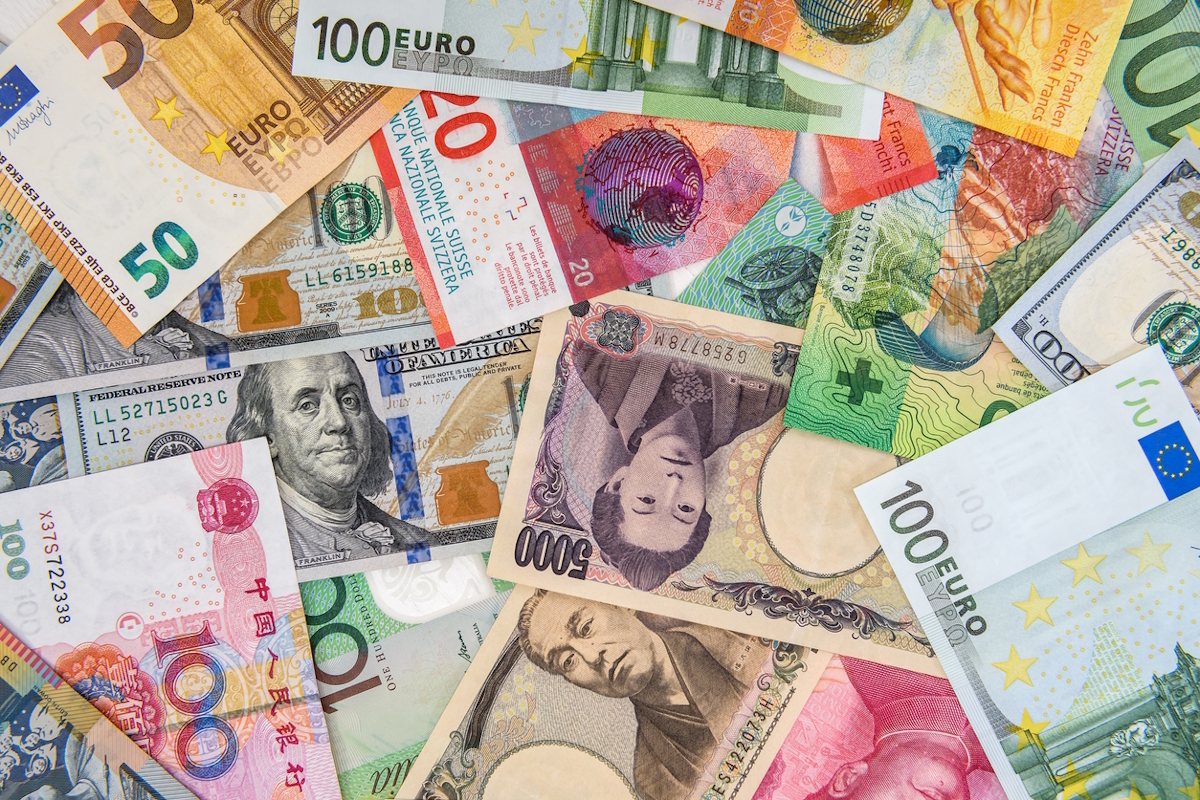Optimising international payments

Amal Ahmed at Signifyd explains why you should optimise your payments stack for a successful cross-border expansion
Expanding globally brings opportunities for businesses to reach new markets and increase their revenue. Nevertheless, there are some cross-border challenges along the way businesses need to overcome to thrive on the ecommerce arena. One of them is online payments.
Each country has its own payment methods preferences and a successful integration of them can make or break an international expansion mission. According to the “451Nexus: Payments in the (New) Roaring Twenties” report, poor payment mixes cost merchants over £16.6 billion ($20.1 billion) in revenue in 2021.
Here is why optimising your payments stack is key, and the payment method trends you need to embrace.
Why you should optimise your payments stack
Payments are a key part of the customer journey and can help improve your conversion rates significantly. Developing an understanding about each market’s payment trends will help you adapt and get on the good side of your new customers, thus securing more revenue.
Adding new payment methods to your mix allows you to reach new pools of consumers you probably have not had access to previously.
You should be mindful that with cross-border ecommerce and the extension of payment methods, the risk of fraud increases. Using data and the knowledge of a rich commerce network will help you detect fraudulent orders and approve more good ones. Partnering with a third-party provider can introduce you to machine-learning and order automation to take the toll off manual order review and assist you on your cross-border expansion journey, all while optimising your revenue.
North America: e-wallets to overtake credit cards
While credit cards are the most preferred payment method in the US as of 2021, another major player is emerging on the scene. As the digital-first buyer is headlining the ecommerce landscape in the US, e-wallets are gaining momentum. By 2025, they are expected to exceed credit cards in popularity, rising from 38.2% in 2020 to 53.2%.
In Canada, things are looking similar. While credit cards are the dominant force with a share of 50% in 2021, digital wallets follow them with a 22% share and are expected to increase as a result of the current ecommerce revolution.
Europe: a dispersed approach to payment methods
In Europe, the dominant payment method is digital wallets, such as PayPal and Alipay, which are used by 42% of shoppers. Other preferred payment methods include Visa and Mastercard (35% of buyers) followed by domestic bank credit and debit cards (24%).
Nevertheless, there are certain discrepancies in the preferred payment methods in different regions.
In Western Europe, for example, credit and debit cards are especially popular, however, there are some big differences among the countries. In the Netherlands, for instance, the national payment method iDEAL was a top choice with 53% of the Dutch using it in 2020.
Eastern Europe depicts a different picture. Many countries are still relying on cash on delivery. In Slovakia, for example, two-thirds of payments are made this way.
China: riding the digital revolution wave
China is at the forefront of digitisation, and that’s evident in the trending payment methods too. Because of that, digital wallets accounted for 72.1% of ecommerce purchases in 2021.
The digital wallets that are mostly used in China are tied with the online platforms running the cross-border ecommerce scene in the region, such as Alibaba’s Alipay and Tencent’s WeChat Pay. By the end of 2021, Tmall Global, an Alibaba-backed cross-border shopping platform, had over one-third of all B2C cross-border ecommerce retailers.
Latin America: the reign of credit cards
The dominant payment method in Latin America is credit cards. In 2021, they comprised 39.3% of the value of transactions across all Latin American markets. In Mexico, 45% of transactions were made this way, while Brazil had a 44.7% of usage, followed by debit cards (18.2%).
However, a new trend is emerging in Mexico where digital wallets are gaining momentum. In 2021, they comprised a 27.7% share of all transactions. Some of the most popular e-wallets in the country are PayPal, Visa Checkout, Masterpass, and domestic player Mercado Pago.
Developing a clear understanding of payments and their strategic place in your cross-border expansion strategy is key. After that, it’s crucial to optimise your payments stack based on the market you’re expanding into to see good results.
Amal Ahmed as a Director of Signifyd
Main image courtesy of iStockPhoto.com

Business Reporter Team
Most Viewed
Winston House, 3rd Floor, Units 306-309, 2-4 Dollis Park, London, N3 1HF
23-29 Hendon Lane, London, N3 1RT
020 8349 4363
© 2025, Lyonsdown Limited. Business Reporter® is a registered trademark of Lyonsdown Ltd. VAT registration number: 830519543





